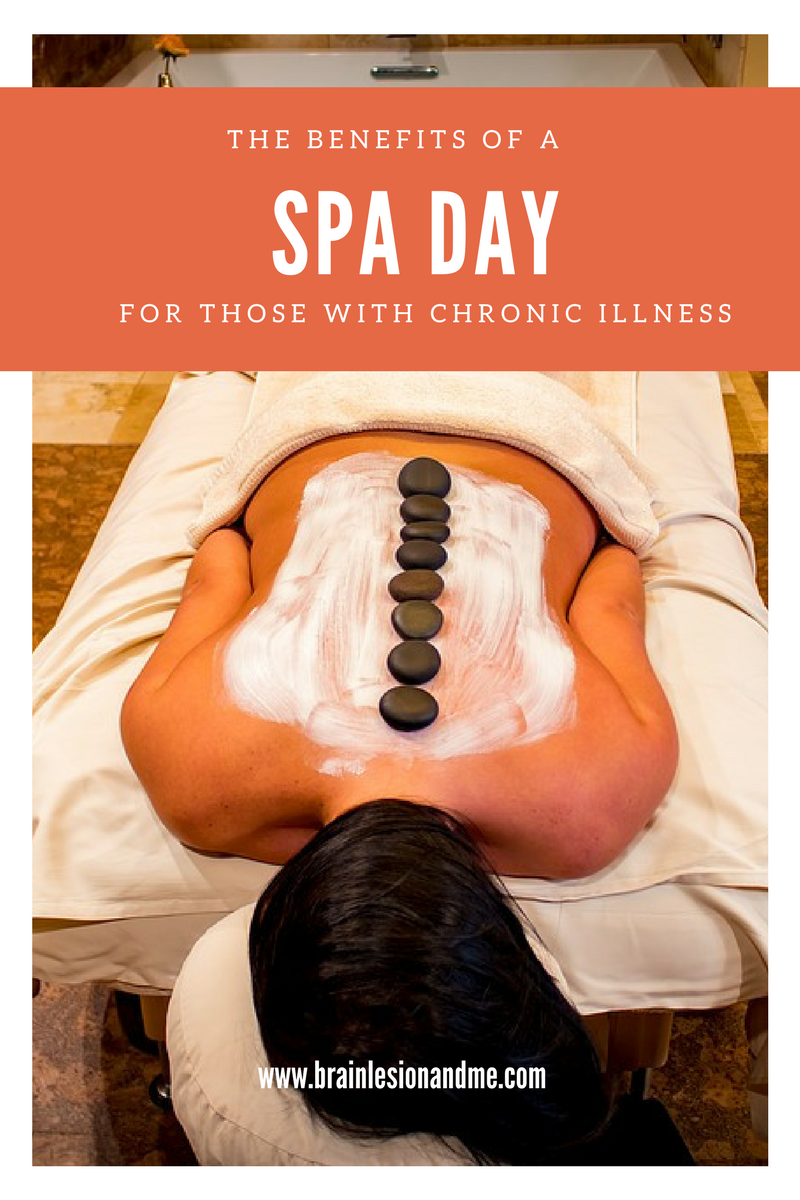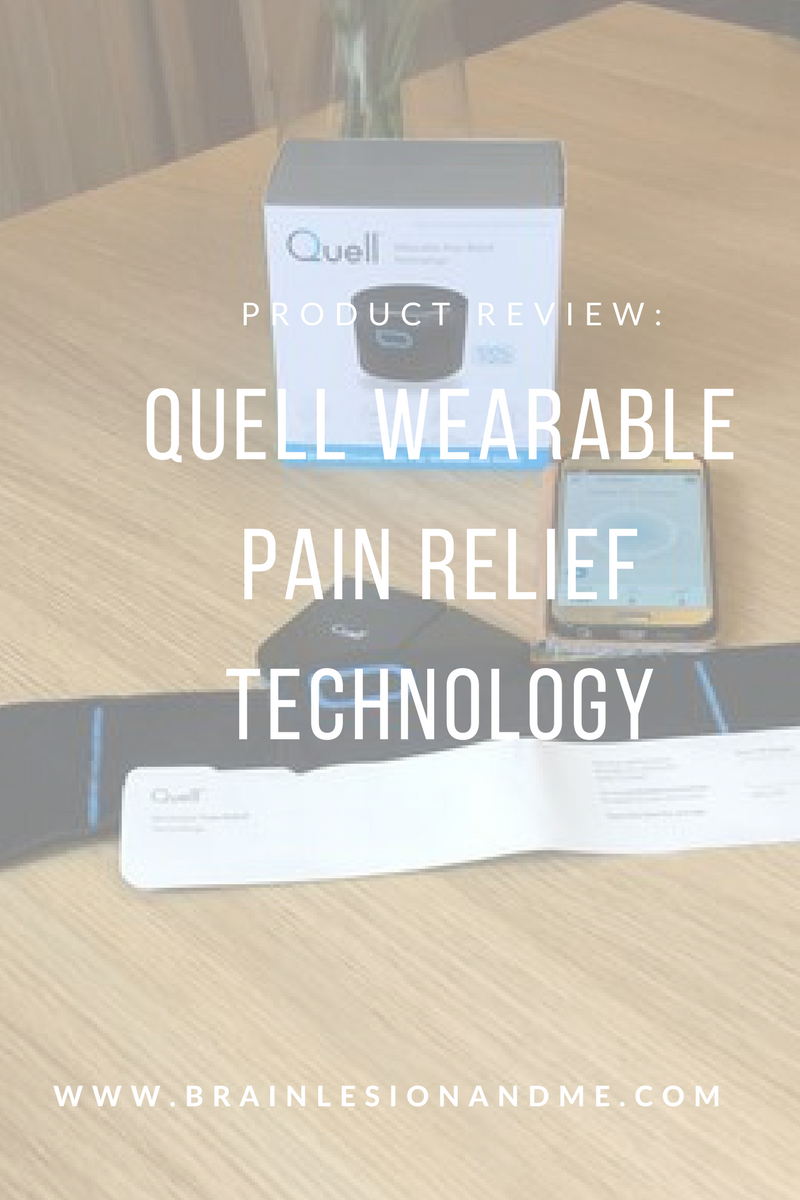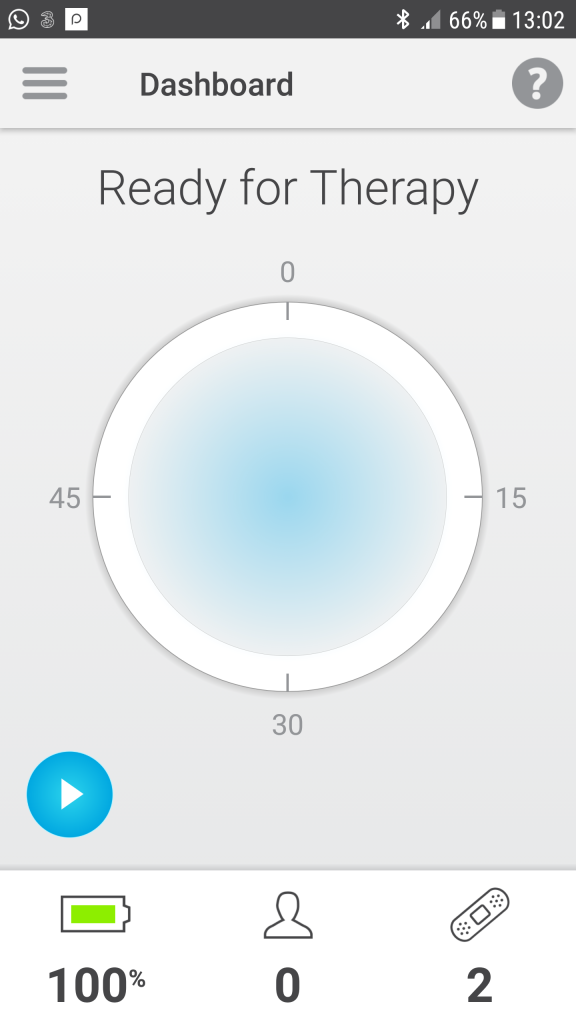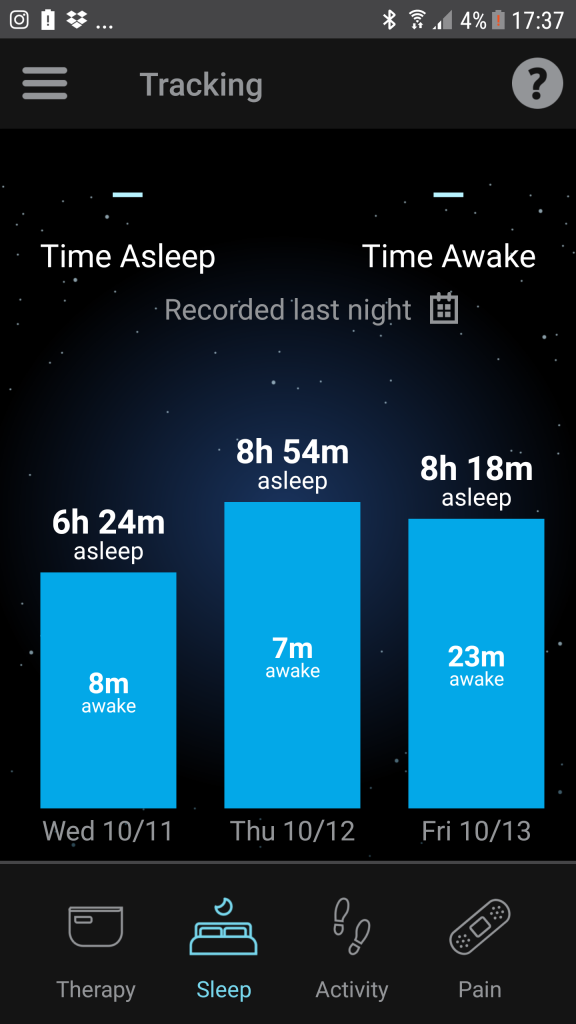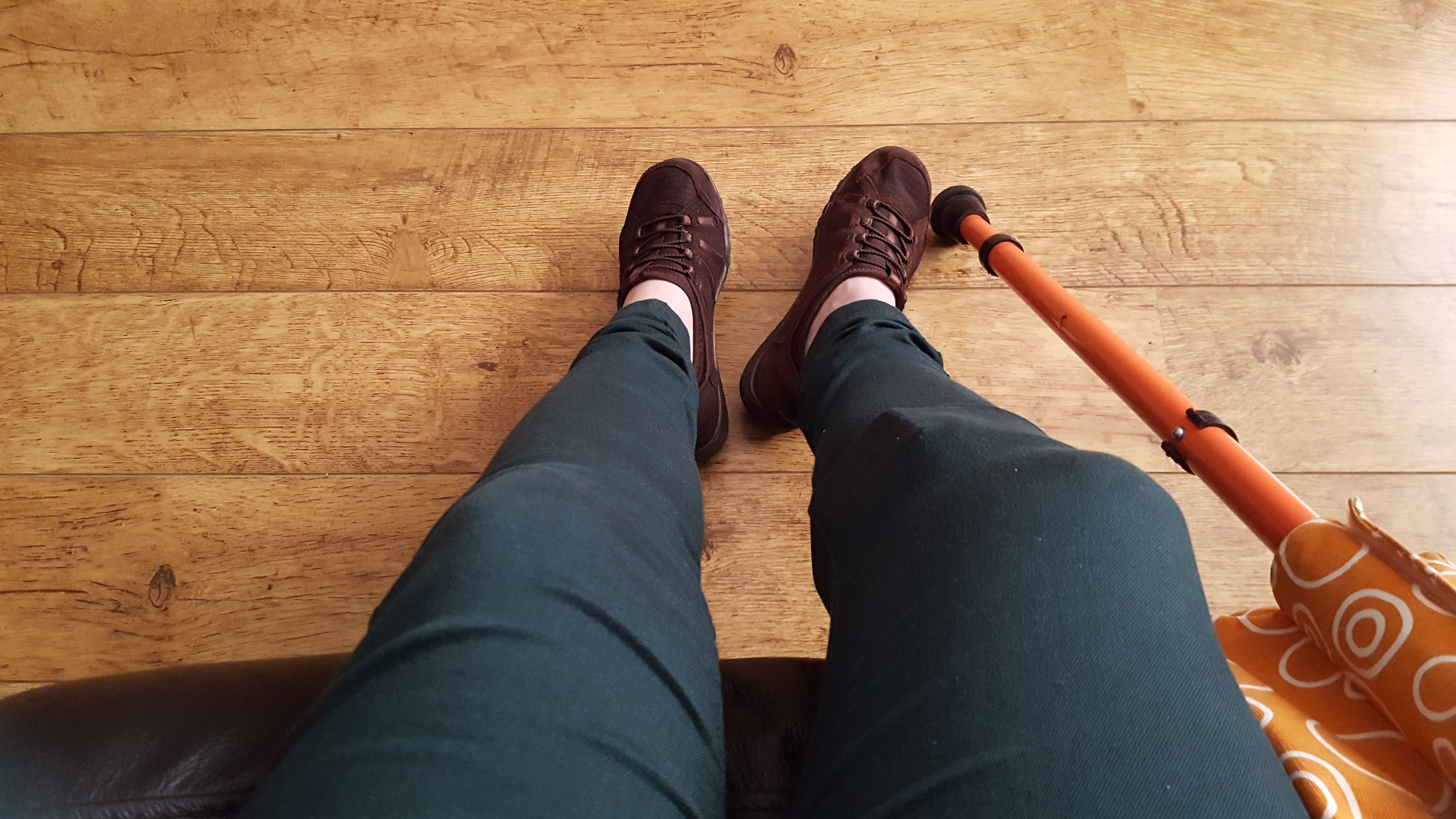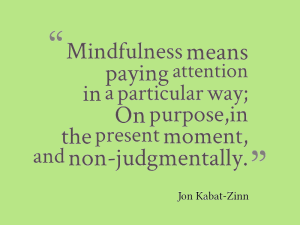After Mum and I enjoyed a spa break for my 30th birthday, we decided that whenever we had time, we would book a spa day for us both. Unfortunately, due to unforeseen circumstances, we have been unable to enjoy a spa day together for almost a year. But with my impending birthday, we thought that it was time for some much-needed R and R.
Excitement and anticipation soon start after phoning our local spa, for a day pass. The pass includes one of their luxurious treatments and a heap of other benefits. Benefits which include full use of the spa and leisure facilities, two-course lunch buffet and complimentary towel, robe and slippers.

A relaxing spa day is a sublime treat for both myself and the person with whom I’m going. And provides s
However, not only is a spa day something lovely to look forward to. But as someone living with chronic illness, I have found that I benefit immensely from it.
And I think a spa day would be beneficial for those living with chronic illness; and here are some of the reasons why:
A SPA DAY ALLOWS YOU TO SPEND QUALITY TIME WITH LOVED ONES
Before my symptoms became disabling, my Mum and I loved nothing better than to travel to Cardiff. To spend the day together for some retail therapy, and perhaps even take the opportunity to eat out.
However, now as my mobility has worsened, my legs so weak that they give way easily and with no warning. These days out together are no longer possible, not only because of the debilitating physical symptoms but also due to energy limitations. I just don’t have the energy to do these type of high-energy activities anymore. Not without paying a hefty price afterwards. Punishments such as a significant increase in the severity of the symptoms I already have to endure.
Like many of us living with chronic illness, it means that I often have to miss out on social gatherings. Something that is one of the most upsetting and frustrating things about living with a long-term health condition. However, a spa day allows you to spend quality time with a friend or loved one. One that is thoroughly relaxing and low-energy, perfect for those of us with chronic illness
A spa day is thoroughly relaxing and low-energy, perfect for those of us with chronic illness. Click To TweetSPA DAY: BEING ABLE TO UNWIND, DESTRESS AND INDULGE IN SELF-CARE
Like many others living with chronic illness, the condition and its constant and unrelenting symptoms cause me stress. And never more so when I am experiencing a severe flare, much as I have done recently. By going on a spa day, however, gave me the opportunity to escape the day-to-day stresses of living with chronic illness. Providing an opportunity to unwind and relax. As all of us are aware, stress can often exacerbate our symptoms; by going on a spa day, it allows you the opportunity to focus on you and your needs.

Like osmosis, the calm and relaxing atmosphere of the spa itself seeps into my body making me calm and relaxed despite any pain or discomfort I’m experiencing. Hell, I become so relaxed that I end up catching on any missed sleep in one of the Relaxation Zones. Bliss!
By going on a spa day, it allows you the opportunity to focus on you and your needs Click To TweetTHE TREATMENTS ON OFFER ON A SPA DAY CAN HELP REDUCE CHRONIC PAIN
There are a variety of treatments and massages on offer in spas like the one I frequent. For those who can tolerate touch, as some suffering from allodynia would not benefit from such treatments. One of my favourite treatments is the aromatherapy massage. But a hot stone massage may also be beneficial for those suffering from chronic pain. Research has found that the therapy eases muscle stiffness, increases circulation and metabolism. It also increases blood flow throughout the body as the hot stones help to expand blood vessels.
Furthermore, massages have also been found to release the same ‘feel-good’ endorphins that you get from working out. The release of endorphins acts as a natural pain reliever. The more your body produces these endorphins, the quicker it learns how to release them. Therefore, regular massage therapy helps to stop the buildup of toxic blockages that hinder the flow of oxygen around the body causing pain and inflammation and to also help the body’s response to it.
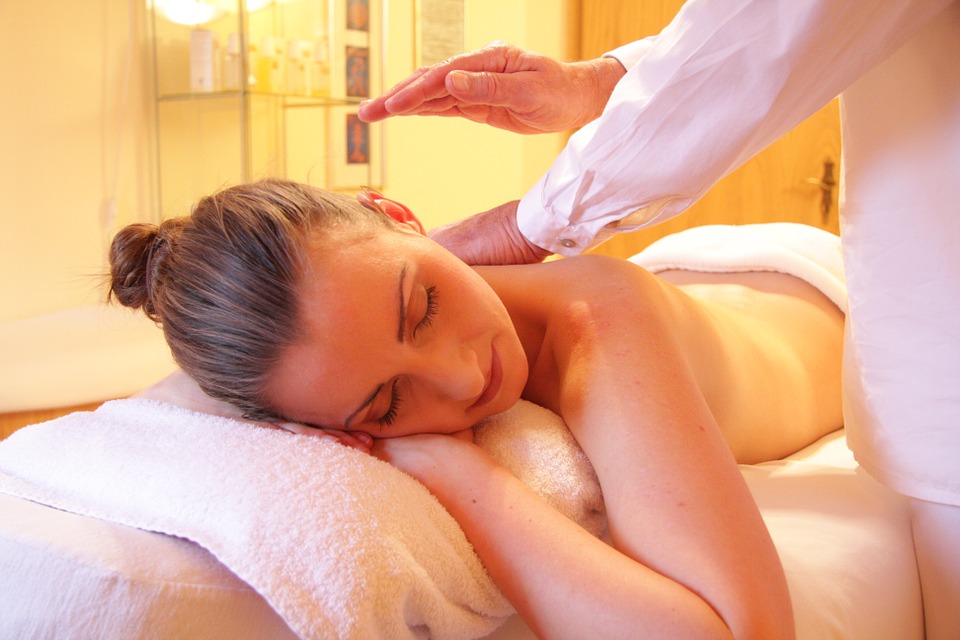
An aromatherapy massage as well as having the same benefits as listed above is also said to ease headaches, improve sleeping problems, lowers feeling of anxiety and improves mood. The practitioner can tailor the aromatherapy oils depending on you and your symptoms. During a previous
I also love having a facial, which is just as relaxing as any of the other treatments already mentioned. Afterwards, my skin is glowing making me look healthy and radiant. A natural healthy glow instead of the pale and unhealthy complexion which has become my norm. And when I look good, I also feel good.
THE HEALTH BENEFITS OF THE OTHER FACILITIES ON OFFER
As well as delivering ultimate pampering treatments, most spas also have jacuzzis, saunas, and steam rooms to use during your stay. Jacuzzi’s are excellent for those like myself who suffer from neurological conditions. The warm water decreases joint stiffness, normalises muscle tone, as well as promoting muscle relaxation all helping to relieve pain. I love spending time in the spa’s jacuzzi, and feel relaxed and rejuvenated doing so. And experiencing a reduction in the amount of pain I am experiencing. I find it so beneficial that it’s difficult getting me out of there!
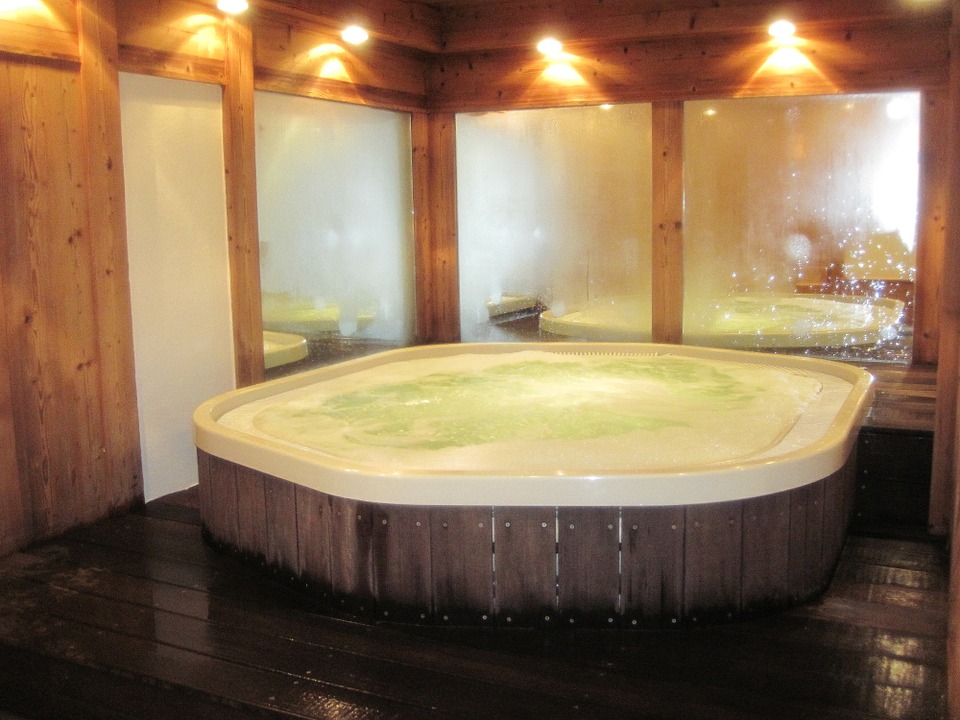
There are also many benefits of using saunas and steam rooms. Saunas, for example, are great for detox, as sweating is one of the best ways to remove toxins from the body.
Saunas and steam rooms are although not suitable if suffering from heat intolerance which many suffering from neurological conditions do. However, even a few minutes in the steam room or sauna can be beneficial. In addition to detoxing, they may also help to reduce inflammation and pain.

Furthermore, it’s important to reiterate that spending time in hot water and facilities such and saunas and steam rooms can be as good as exercise. Great news for those who find exercise difficult because of their condition. But it is still important to pace yourself especially for those who struggle with fatigue. Also, if you have a high blood pressure than you need to consult a medical professional as it may be unsuitable.
A SPA DAY: NO PRESSURES AND A DAY OF NORMALITY
We all have pressures in our lives whether it comes from work, family, or friends. When living with chronic illness, we may often feel pressure to do things that we might not feel physically able to do, others not understanding why we can’t because we look healthy on the outside. Them not understanding how we can still be in pain, or feel so fatigued.
A significant advantage of a spa day is that there are no pressures from others or any need to places any burden on ourselves to do this or that because we feel we should be doing something than resting and looking ourselves. On these days, there is nothing to do but care for ourselves, listen to our bodies and instead do what we need to for us. A day not continually checking social media, and worrying about what is going on around us. A day just for us.
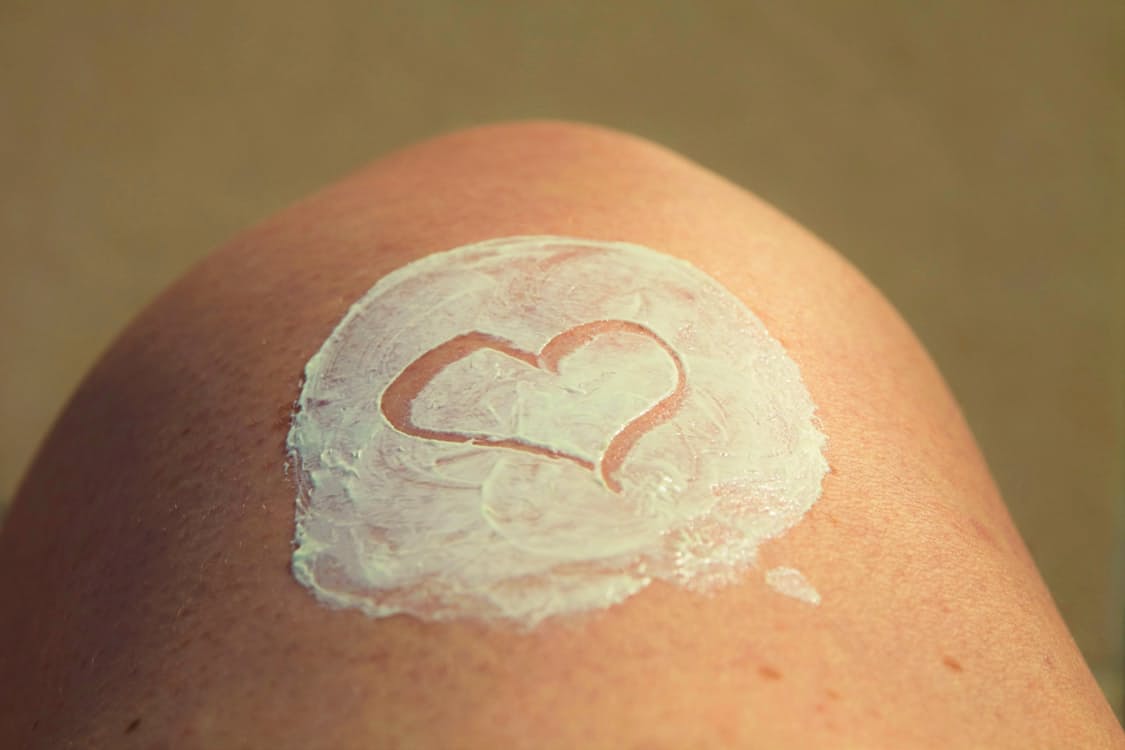
A DAY IN WHICH THE LIMITATIONS OF CHRONIC ILLNESS DO NOT DEFINE ME
At the spa, I feel completely safe and at ease in the environment, which is not always the case because of my neurological condition. But there, I can take everything at my own pace, even being left alone in one of the relaxation areas while my companion goes to another part to do what they want. It’s, in fact, a spa day is one in which I almost feel ‘normal,’ a day which I am not defined by the limitations of my condition. A day with no ‘I can’t’ and being stopped by the symptoms that I endure because of said condition. All there is to do is lie back, relax and enjoy!
…I almost feel 'normal, a day which I am not defined by the limitations of my condition. Click To TweetThere are just a few of the many reasons why a spa day can benefit for those living with chronic illness. I always come away feeling tired, but still incredibly relaxed, happy and even in less pain.

I definitely feel and enjoy the benefits of a spa day and would recommend it to anyone. Plus, it provides a fun and relaxed day out. One that I can actually enjoy and feel comfortable in my
Have you tried a spa day? What did you think?
Let me know in the comment box below or let me know via social media!
